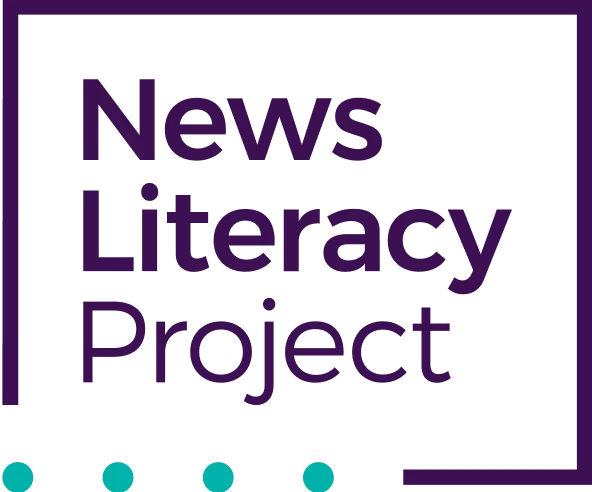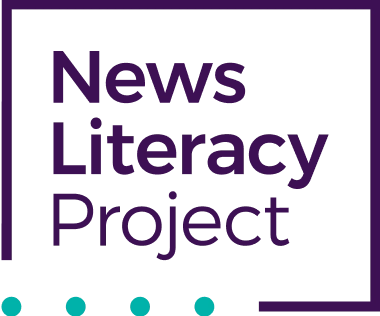News literacy and conspiracy theories

Misinformation spreads rapidly on social media following natural disasters, mass shootings, terrorist attacks and other dramatic news events. In addition to seeing doctored photos and patently false “breaking news,” we’re also likely to be bombarded with conspiracy theories — another subset of misinformation. Since many of these involve alleged actions by the government, we need to make sure that our students have the news literacy skills they need to prevent them from believing these falsehoods and becoming distrustful of the government.
In his book The United States of Paranoia: A Conspiracy Theory, published in 2013, Jesse Walker defined five types of conspiracy theories:
- The “Enemy Outside” refers to theories based on figures outside a community alleged to be scheming against it.
- The “Enemy Within” finds the conspirators lurking inside the nation, indistinguishable from ordinary citizens.
- The “Enemy Above” involves powerful people manipulating events for their own gain.
- The “Enemy Below” features the lower classes working to overturn the social order.
- The “Benevolent Conspiracies” are angelic forces that work behind the scenes to improve the world and help people.
In a 2018 study (PDF download) of people who believe in conspiracy theories, Mattia Samory and Tanushree Mitra of Virginia Tech’s computer science department examined 10 years of posts (and four crisis events) in the Reddit community r/conspiracy and defined three types of participants:
- “Veterans” are long-term active members of r/conspiracy.
- “Converts” were active in other discussions on Reddit and joined r/conspiracy in response to a specific crisis.
- “Joiners” became Reddit users and joined r/conspiracy specifically in response to a crisis or other event.
How do conspiracy theories manifest on social media? Let’s take a hurricane as an example. Amid the misinformation and hoaxes that typically appear before, during and after such storms (such as the inevitable “shark on the flooded highway” image), posts claiming that the government can alter the weather will start appearing. There will be references to chemtrails (the condensation trails from aircraft engines that conspiracy theorists say are laden with weather-changing chemical or biological agents) and to HAARP, an actual research program, based at the University of Alaska at Fairbanks, that studies the properties and behavior of the ionosphere. These posts will often link to sites or discussion groups that have compelling and detailed descriptions of how HAARP and other government programs can control the weather.
Without the skills to critically evaluate the content and sources for these posts, sites and other discussion groups, students can easily be persuaded that what’s being said is factual. They may even contribute to the viral nature of the ideas by sharing them — in short, becoming a “joiner.”
Samory and Mitra found that “joiners” demonstrated a very high level of engagement in the online discussions, posting longer and more detailed content that was comparable to that of the community’s “veterans.” “Converts” in these discussions tended to come and go, with lower levels of engagement overall. Perhaps most troubling is that the longer the “joiners” engaged in these communities, the more likely they were to become “veterans.”
This is where the importance of news literacy comes in. People who believe conspiracy theories are not necessarily the stereotypical “tinfoil hat” types. In a 2017 study, Stephanie* Craft, Seth Ashley* and Adam Maksl found that anyone can end up believing a conspiracy theory, since most of them are structured with a compelling story that provokes strong emotional reactions and has a connection to an existing bias or belief.
For their study, Craft, Ashley and Maksl surveyed 397 people to determine what they knew about the news media and the extent to which they believed several conspiracy narratives. Perhaps not surprisingly, they found a correlation between respondents’ knowledge about how the news media works and belief in conspiracy theories: “The greater one’s knowledge about the news media — from the kinds of news covered, to the commercial context in which news is produced, to the effects on public opinion news can have — the less likely one will fall prey to conspiracy theories,” the researchers wrote.
At the News Literacy Project, we emphasize the importance of news literacy as an antidote to misinformation and a catalyst for becoming a critical consumer of news and information. Discussing conspiracy theories with students can be tricky, and doing so is not typically part of the curriculum. But if students fall prey to this type of misinformation, their ability to be critical and open-minded about all types of information, including news, is compromised. And if their belief in conspiracy theories leads them to become fearful and cynical about the government, they are less likely to become active, informed and engaged participants in our country’s civic life.
*An earlier version of this post misspelled the first name of Stephanie Craft (not Stefanie) and the last name of Sean Ashley (not Astley).





